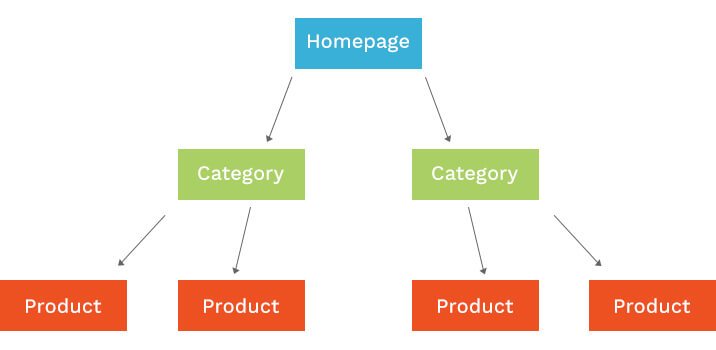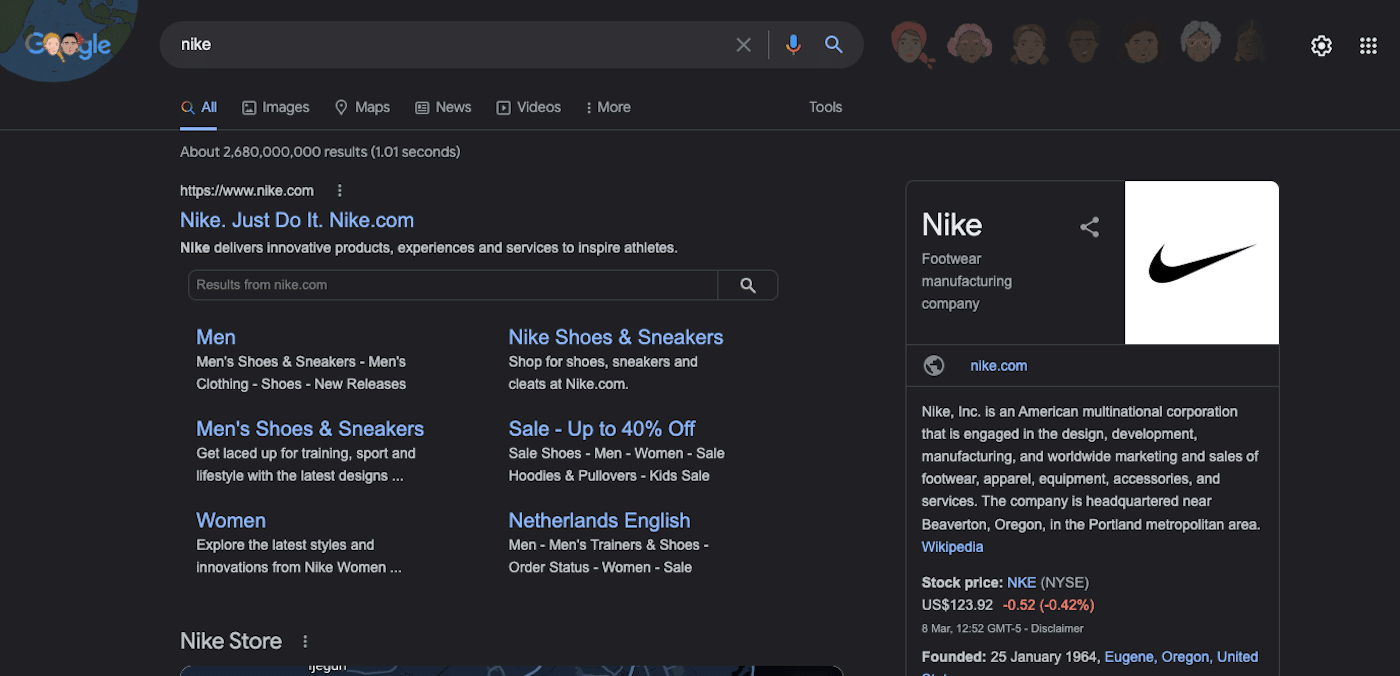How Do You Improve Traffic To Your E-Commerce Site?

Improving search engine optimization will help you drive more traffic to your e-commerce site.
To improve traffic to your e-commerce site, you need to optimize your website structure so customers have an optimized user experience.
To increase e-commerce traffic, ensure your TTI is equal or less than 3.8 seconds.
Use fabric Storefront to create a well-optimized front that improves traffic to your e-commerce website.
To improve traffic to your e-commerce site, you need to improve your site’s search engine optimization (SEO). It provides more organic visibility on search engine result pages (SERPs) for e-commerce websites, driving more traffic. According to BrightEdge research, organic traffic accounts for more than 50% of all site traffic. And nearly 24% of e-commerce orders are directly tied to organic traffic.
There are many factors that account for improving traffic to your e-commerce site such as site structure, page load time, and content quality. In this article, we will touch on how you can improve your website structure and site speed to improve traffic to your e-commerce website.
[toc-embed headline=”Optimizing the Structure of Your E-Commerce Website”]
Optimizing the Structure of Your E-Commerce Website
To optimize the structure of your website, make sure that your important pages are no more than three clicks away and that your site structure provides context about how your pages are related. For your e-commerce site, this means labeling products with categories and sub-categories, then exposing these categories in intuitive site navigation.
In a Google webmaster session, John Mueller, a webmaster trends analyst at Google, said that to provide enough context you should structure your site in a way that makes it easy for Google to crawl from one URL to another relevant URL. For instance, make it easy to move from a /shoes/category page to a /womens-shoes/ category page.
Some tips for setting up an SEO-friendly structure for your website include:
- Implementing a hierarchical structure for your website: Websites should be set in a hierarchical structure with the top being the home page, sub-areas such as top-level pages and category pages being underneath, and product pages being below.

This structure helps users navigate your site and enhances your visibility in SERPs. An optimized site structure is one of the signals that provide results as Nike has achieved in SERPs.

You should also set up breadcrumbs to improve website navigation and the overall user experience. A breadcrumb is shown at the top of a page to help site visitors navigate to previous sections of your site easily.
- Prioritizing interlinking: The e-commerce site structure is incomplete without good internal linking. Search engines can more easily discover your pages when you have interlinking in place. It ensures that PageRank flows more efficiently through your site and increases visitors’ dwell time, contributing to your SEO.
[toc-embed headline=”Increasing Your Website’s Speed”]
Increasing Your Website’s Speed
According to Google, site speed is one of the signals used by its algorithm to rank websites in search results. To improve site speed, it’s vital to improve your site’s code, including your JavaScript payloads. Sending large files impacts your checkout page’s load time significantly, so split them up and send each piece when necessary rather than all at once.
Site speed is also important for conversions. For example, pages on an e-commerce site—including homepages, category pages, product detail pages (PDP), and checkout pages—should load in one second or less since site speed starts negatively impacting conversion rates when page load times exceed one second.
In addition, you should optimize the time to interact for your website’s checkout page. Time to interact is the point when a user can interact with a web page element once the page has been rendered. It’s a better measure of site performance because it directly affects user experience.
According to Google’s Web.dev blog, 0 to 3.8 seconds is fast, 3.9 to 7.3 seconds is moderate, and anything above 7.3 seconds is slow. So, you should aim for the time to interact for your checkout page to be equal to or less than 3.8 seconds.
You can use performance testing tools like PageSpeed Insights, Pingdom, and GTmetrix to test the current speed of your e-commerce site.
[toc-embed headline=”Improving Your PDPs”]
Improving Your PDPs
Companies that want to improve traffic to their ecommerce website, and turn their valuable web traffic into sales must know how to optimize their product detail pages (PDPs). PDPs are customer-facing web pages that provide in-depth information about a specific product.
Several factors go into creating perfect PDPs including page speed, mobile optimization, and social signals. For example, in terms of page load time, the time to interact for your PDPs should be 2 seconds for both mobile and desktop. Also, your product detail pages should contain the right amount of visuals—1+ video, 1+ 3D images, and 5+ product images—and in the right size and quality too.

Content marketer @ fabric. Previously marketing @ KHON-TV and Paramount Pictures.